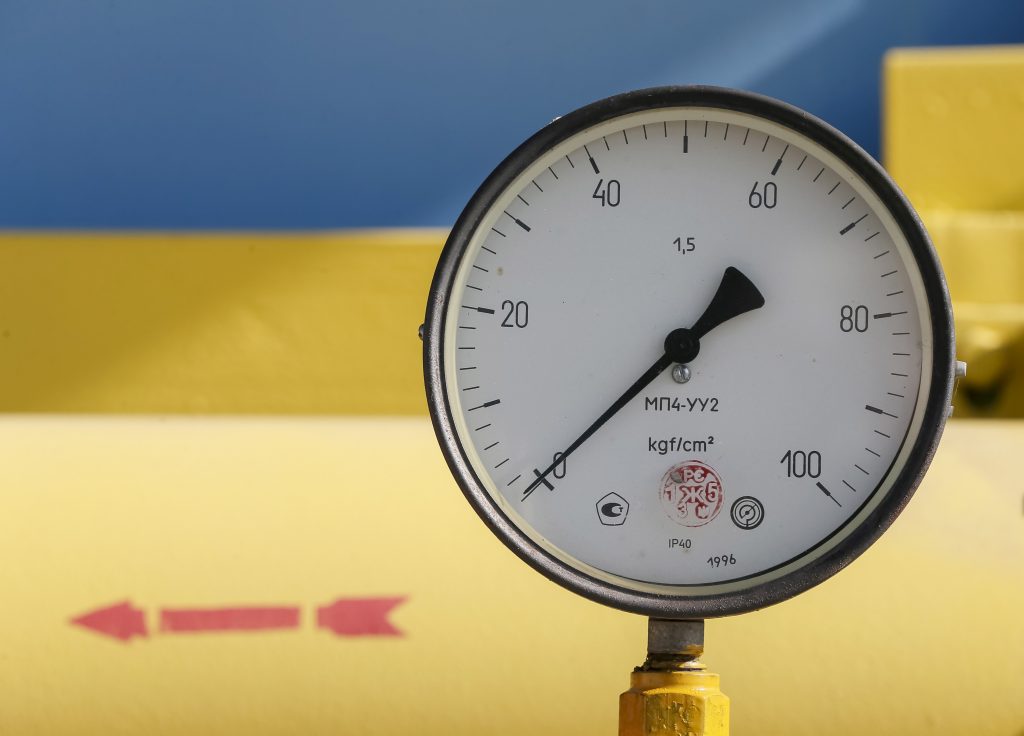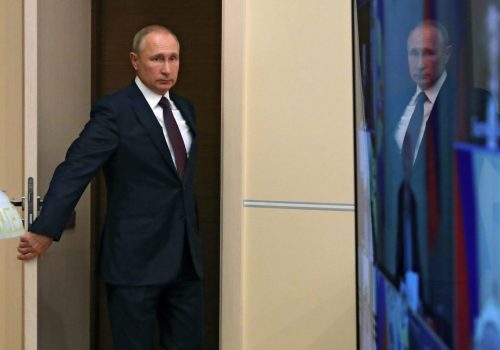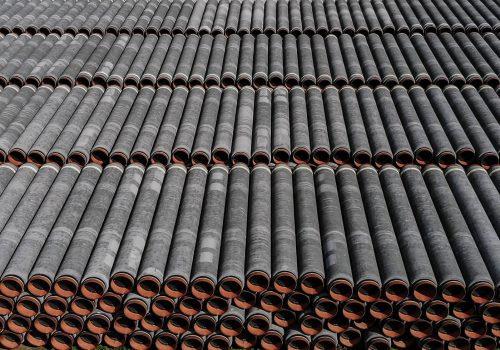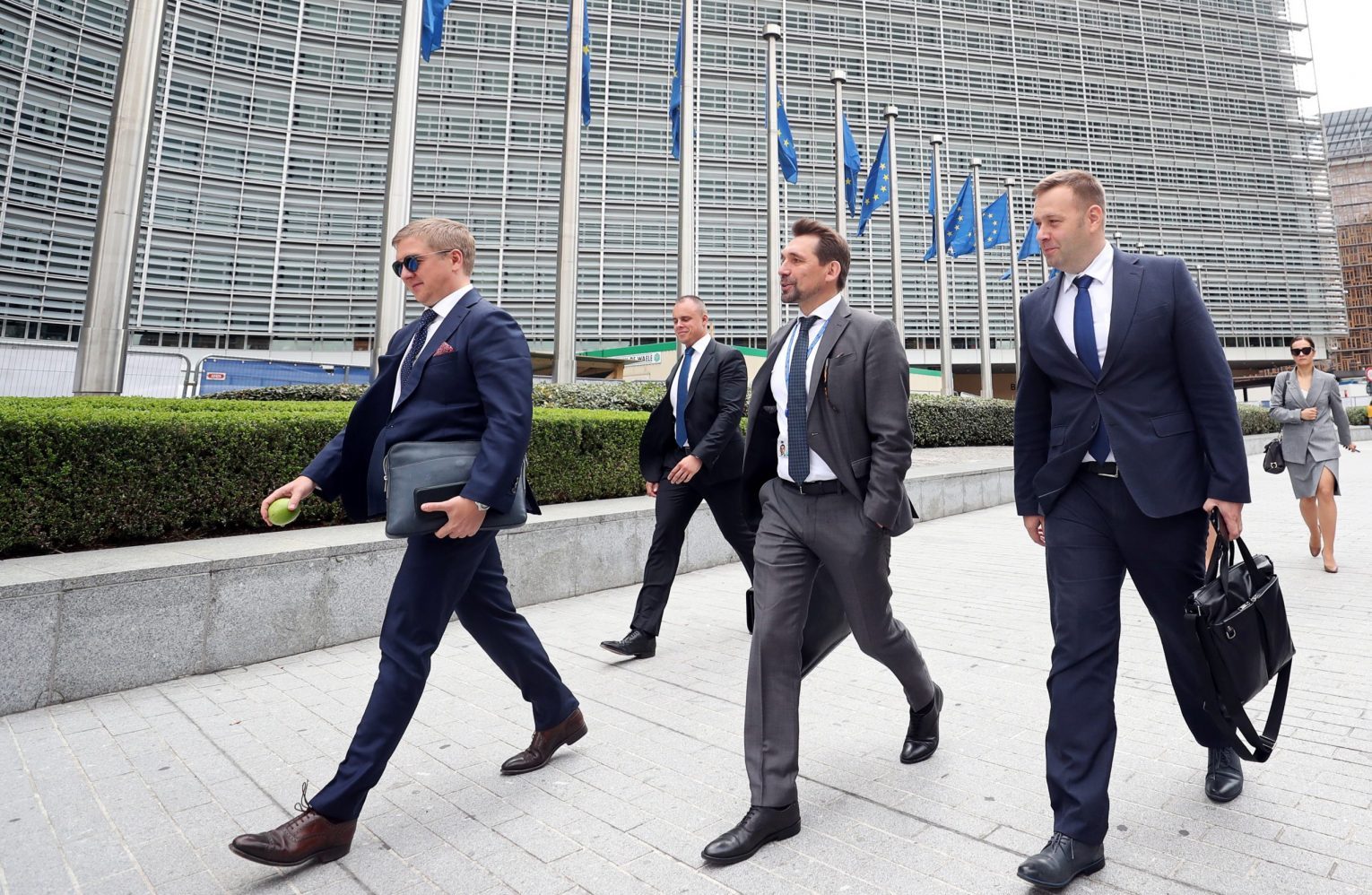For many years, Eastern Europe has typically been singled out as the continent’s most difficult region in terms of liberalizing gas markets, establishing competition, and creating an integrated block of countries capable of trading with each other based on mutually accepted rules.
There have been a range of reasons for these challenges. In some cases, they arose because individual states struggled to make a meaningful transition from centralised to deregulated economies. In other cases, energy sectors were simply too riddled with corrupt practices, often supported by Russia, which snuffed out any serious transformation attempts.
The reform process launched in the Ukrainian gas sector following the country’s Euromaidan Revolution of 2014 is an exception to this negative trend. It has not only changed the domestic industry, but is also emboldening neighboring countries to follow suit.
An interesting example is Moldova, which until a few years ago had been completely dependent on Russian gas imports while having no backup storage to guarantee uninterrupted supplies during peak demand periods.
Moldova remains reliant on Russia for gas, while domestic state-owned gas company Moldovagaz is partially owned by Russia’s Gazprom. However, the country has followed in Ukraine’s footsteps in many ways. This has included applying some key pieces of European regulation.
Stay updated
As the world watches the Russian invasion of Ukraine unfold, UkraineAlert delivers the best Atlantic Council expert insight and analysis on Ukraine twice a week directly to your inbox.
At the beginning of October 2020, Moldova began exporting natural gas to Ukraine with a view to storing it in that country’s facilities, while booking exit capacity offered by the Ukrainian transmission system operator, GTSO, via an open platform in compliance with EU rules.
Just as Ukraine did almost exactly a year ago, Moldova is determined to unbundle its transmission operations from mother company Moldovagaz and establish a new grid operator, Moldovatransgaz, by the end of 2020.
Moldova has sought to regain a regional transit role after close to 30 billion cubic metres of gas which had been historically shipped via the existing Trans-Balkan pipeline was diverted by Russia’s Gazprom to its newly commissioned TurkStream 1 and 2 pipelines at the beginning of this year. Moldova also signed 12 transmission contracts this summer, and has already facilitated exports from Ukraine to Romania and imports from the Balkans into Ukraine.
The Moldovan authorities now want to persuade more companies to sign longer-term contracts to transit gas via Moldova, based on the model adopted by Ukraine’s Naftogaz with Russia’s Gazprom. Naftogaz has a contract for the organization of transmission with Gazprom alongside a separate agreement with Ukraine’s grid operator GTSO.
Moldova’s gas sector reform process is not complete by any means. The country still has to overhaul its transmission tariffs to guarantee fair and competitive rates for all market participants, and to remove many double standards that continue to favor the country’s historical supplier Gazprom.
Sergiy Makogon, CEO of Ukraine’s GTSO, recently raised his concerns about such double standards related to the tariff regime approved by the Moldovan regulator, ANRE. Under existing arrangements, companies pay around USD 11 per 1,000 m3/100km, a rate that may be as much as 50% higher than the fee Gazprom is thought to be paying.
In contrast to Ukraine, which has succeeded in opening up its gas market, Moldova is still far away from allowing market competition to flourish since Moldovagaz remains the monopoly supplier.
However, Ukraine’s ability to attract scores of domestic and foreign companies to trade domestically or at the Ukrainian border is now sending a strong signal that the model works and has benefited those who have embraced it.
Eurasia Center events

The example of Ukraine may now encourage countries in the Western Balkans and the Caspian region to follow in its footsteps.
Like Ukraine, these countries are contracting parties or observers of the Energy Community, an EU institution designed to extend free market principles to neighboring regions. So far, the commitments envisaged by the Energy Community have largely failed to result in subsequent reforms.
Turkey, an Energy Community observer country, initiated gas sector reforms 20 years ago. However, most of Turkey’s stated reform objectives are yet to be reached.
The unbundling of transmission operations from the incumbent BOTAS, a key requirement of market reform, has generated heated debates over the years because Turkish politicians fear relinquishing control over what they consider a strategic element of the country’s energy infrastructure.
Ukraine, which boasts Europe’s most powerful gas network, can set an example for any policymakers in Ankara concerned that divesting transmission assets and establishing an independent operator would lead to security risks.
By separating transmission from trading and storage operations, Ukraine has created a self-sufficient transmission entity that can manage itself and has enough independence to offer commercially attractive products to customers. Kyiv now enjoys more security of supply than maybe at any point in the history of the country’s gas sector.
GTSO signed a transit contract which should allow it to receive around USD 7 billion from Russia’s Gazprom over the next five years. The number of non-resident shippers who are now importing gas into Ukraine with a view to storing it locally has increased more than tenfold, rising from just seven in 2018 to 79 this year.
In fact, the increase in trading activity on Ukraine’s borders with Central European countries has prompted neighboring grid operators to offer competitive terms such as discounts for companies opting to book both export and import transmission capacity to and from Ukraine.
As Ukraine has created optimal conditions for non-resident companies to store gas in its underground facilities, trading activity in neighboring countries such as Slovakia and Hungary has also picked up this year.
These examples show that reforming Ukraine’s gas sector has paid dividends. This is not only true for the country itself, but also for the wider region. Ukraine’s energy reforms have triggered changes which only a few years ago would have been deemed unimaginable.
With this in mind, it is important for the entire region that the process continues. Ukraine’s post-2014 energy sector experience is both a success story and a role model. It is proving increasingly persuasive in a neighborhood where energy sector reform is long overdue.
Dr. Aura Sabadus is a senior energy journalist who writes about Eastern Europe, Turkey, and Ukraine for Independent Commodity Intelligence Services (ICIS), a London-based global energy and petrochemicals news and market data provider. You can follow her on Twitter @ASabadus.
Further reading
The views expressed in UkraineAlert are solely those of the authors and do not necessarily reflect the views of the Atlantic Council, its staff, or its supporters.

The Eurasia Center’s mission is to enhance transatlantic cooperation in promoting stability, democratic values and prosperity in Eurasia, from Eastern Europe and Turkey in the West to the Caucasus, Russia and Central Asia in the East.
Follow us on social media
and support our work
Image: A pressure gauge at an underground gas storage facility in the village of Mryn north of Kyiv. (REUTERS/Gleb Garanich)




